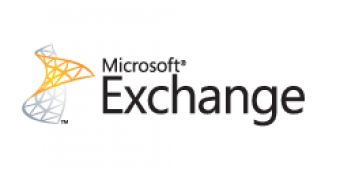Microsoft has updated a web-based tool designed to allow customers to troubleshoot connectivity issues related to Exchange Server. The refreshed version of the Exchange Remote Connectivity Analyzer is currently live and accessible to IT pros that need assistance in identifying Exchange connectivity problems. The Exchange Remote Connectivity Analyzer works by simulating a number of client logon and mail flow scenarios. According to Shawn McGrath and Brad Hughes from the Exchange team, various aspects of the web-based tool have been updated, with the refresh also allowing customers to test for Exchange Server 2010 issues.
McGrath enumerated the “new/updated features [of Exchange Remote Connectivity Analyzer]: updated user interface; new CAPTCHA implementation. (This is the hard to read words that make you prove you are a human); no more 'Beta' label; updated the Outlook Anywhere test logic to work with Exchange 2010; added a link in the footer to the Remote Connectivity Analyzer TechNet forum; added a password confirmation text box to ensure the proper password was entered before running a test. This will reduce the number of tests that fail simply due to a typo in the password.”
Specifically Exchange Remote Connectivity Analyzer allows customers to run no less than eight tests to sniff for problems related to Microsoft Exchange ActiveSync Connectivity, Microsoft Exchange Web Services Connectivity, Microsoft Office Outlook Connectivity, and Internet Email. IT pros that will leverage the tool will also discover that Microsoft has made sure that any error reports are accompanied by necessary guidance and tips designed to streamline the troubleshooting process.
The update was also used in order to introduce: “additional tests: Exchange Web Services - This allows you to perform connectivity testing for Exchange Web Services client such as Entourage. Developers can also use the Service Account Verification test to ensure things are configured and working properly for access with an alternate account or ExchangeImpersonation. Outbound SMTP - Performs Reverse DNS testing, DNS RBL Checks, and SenderID validation against a provided "outbound" IP address,” McGrath added.

 14 DAY TRIAL //
14 DAY TRIAL //